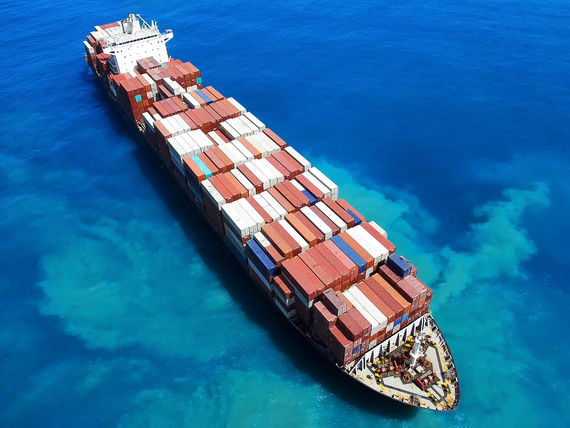Despite recent tariff announcements, importers can achieve cost savings through the First Sale rule

For importers, the First Sale Rule is one valuation strategy that can be used to lower the declared value of goods, and thus minimize the compounded impact of increased tariffs. The First Sale Rule allows importers to use the price paid in the first, or earlier sale, as the basis for customs duty to be paid. Many importers purchase at the second sale, from a middleman vendor who serves as the go-between from the manufacturer to the importer. This second sale is a marked up price. Paying duties on a lesser, first sale price, presents a tremendous savings opportunity, especially for the textiles and footwear industry, where apparel and sneakers are subject to higher duty rates.
This savings is also monumental for manufacturing, electrical equipment, machinery, and food and agriculture producers as well. The bottom line, if you are purchasing from a trading company or sourcing agent, there may likely be an opportunity to take advantage of First Sale.
To take a look at an example savings, let’s say a company purchases an item from a middleman at $9 per unit, yet the original purchase price at the manufacturer (First Sale) is $6. If importing 30,000 units at the Second Sale price of $9 with a Section 301 tariff rate of 25%, the tariff costs would be $67,500. But if the company were to purchase the unit at First Sale, the tariffs for that same quantity of units would be $44,000, a reduction of $22,500, or 33%. If we annualize that across $100M in purchased goods, the savings would equal $8.33M by purchasing at First Sale!

To get started with, and execute, the First Sale rule, an importer must ensure all the proper checks and proof are in place for Customs approval. Implementation requires adherence to the stringent guidelines laid out by Customs, as well as a certainty and trust with the direct manufacturer, who will ultimately be revealing their manufactured cost. Playing a heavy role in implementation is sound documentation of the bona fide sale, which is enabled through verifiable electronic communications of sales contracts, purchase orders, shipping contracts, payments, and/or proofs of purchase. It is imperative to have full tracing and tracking proof of the purchase order placed directly with the First Sale manufacturer and proof that the product is destined for exportation, with supporting documents.
The First Sale initiation process can appear daunting, yet having a verified global trade compliance partner in place and the proper technical and legal infrastructure established, the practice opens an opportunity of significant savings for the importers who choose to take the path.


